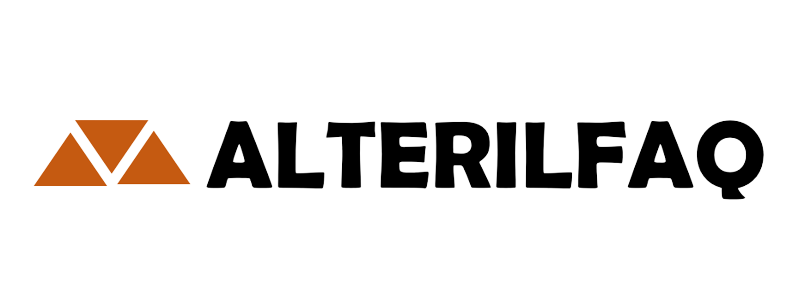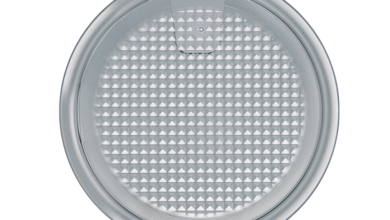Choosing Gear Hob Cutters: A Comprehensive Guide

Gear hobbing is an essential procedure for gear cutting operations. So, the smart decision about the type of gear hob cutter is the most important factor to get the desired environmental results. Factors relating to material compatibility and issues of enamel profile, along with its requirements, include choosing machine tools that are more suitable for production phases, measured on quality parameters and cost. The guide from will give you information on the gear of the tool, hob cutters, and the remaining related points, which will describe step by step.
Understanding Gear Hobbing Process
In the hobbing process, a special cutting tool, created by the reduction device, is used in the milling process to procure the contours of the teeth. The hob cutter changes its orientation and gradually cuts the material. The resulting pieces are then collected.
Guidelines for Purchasing Gear before Using Hob as a Tool
- Define Gear Specifications:
First, set the tool parameters by defining tooth profile, weave, module, pitch angle, and desired accuracy. Acquaint yourself with the engineering drawings and specifications to show that the design met the cosmetic features.
- Research Cutter Options:
Seek genuine producers’ academic sources and crop cutter supplies. One example of a material component may be the shearing of fabrics, creating finishing materials and texture, and matching the chosen fabric.
- Evaluate Cutter Geometry:
Verify the dimensional geometry of hob cutters to prove an assumption about the enamel contour and size. Focus on aspects other than strain modulus, helix angle in helical gears, and cutter diameter.
- Consider Tool Coatings:
The majority of hob cutters are measured and also equipped with TiN (TitanioNitride) and TiAlN (TitaniumAluminioNitride) to beautify their life and the performance of the cutting efficiency is improved. Investigate whether paint use is required based on whether it is because are employing a cloth or a cutting option.
- Review Performance Data:
Find out the attributes and guidelines given by the manufacturers and then choose a cutter accordingly. In addition to these traits, the data may incorporate speed, feed cut, and lifetime depending on the specific cloth of the reduction with predefined conditions.
- Cost Analysis:
Ponder the general finances-effectiveness of different reducing apparatus components, bearing in thought variables – initial price, availability, and productiveness profits. Mechanism adaptability balances the rate cost towards preferred performance to make the most beneficial necessities.
- Consult with Experts:
In case of doubt, make certain to include gear production experts or tooling experts who can provide counselling. This will not only ensure the right operation but also accuracy. They may also reveal one’s autobiography by merely telling one’s life testimonies in a manner that resembles a guide to a dwelling preparation guide.
Selecting the right gear-slicing hob tool now relies not only on the factors above, like fabric (cloth) compatibility, the profile of the enamel, and accuracy, but also on the economically sensible factor. The system may be facilitated by adhering to the given walkthrough steps and being attractive to the specialists in the industry when required; consequently, manufacturers can pinpoint hob cutters that improve the accessibility of the gear and remove any publish-production errors.





